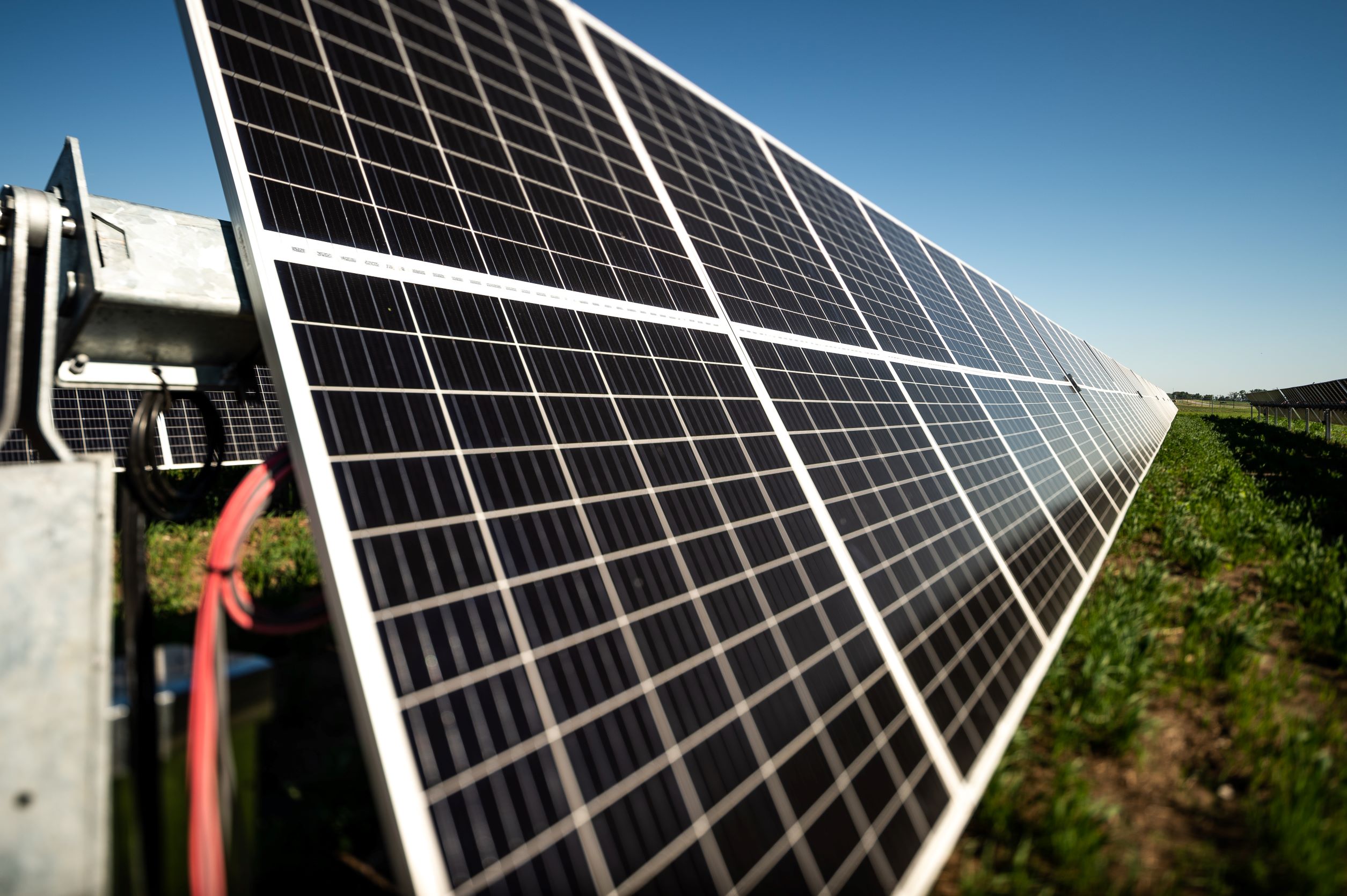What happens to solar panels after their useful life of 20 to 30 years? They can be recycled – and the nascent solar recycling industry has been making waves.
More than 80 percent of a typical PV panel consists of glass and aluminum, which are very common materials that are easy to recycle. Other important components of solar projects such as inverters and racking equipment can also be recycled. Inverters can be recycled as electronic waste while racking equipment can be reused for new solar arrays, or simply recycled with steel and aluminum metal scraps.
However, solar panels also contain small amounts of valuable materials such as silver, copper, and crystalline silicon, which can be extremely difficult to extract. Recycling these valuable components can help boost the circular economy, reducing waste and pollution by reusing materials.
Solar recycling is about to become big business
The solar recycling industry is still in its infancy, but according to a recent report from Rystad Energy, the recyclable materials from solar panels could be worth more than $2.7 billion by 2030. Rystad, an independent energy research company, reported that “the demand for recycled PV panel components is set to skyrocket in the coming years as the number of installations surge and the threat of a supply [chain] bottleneck looms.”
Experts predict that PV recycling will become more prevalent as more solar panels begin to reach the end of their useful life, and recycling will present a larger business opportunity. The recently passed Inflation Reduction Act (IRA) has allocated funding for solar PV recycling programs, which will also encourage growth over the next decade. Solar recycling companies are already emerging, seeking to recycle and sell the materials and keep panels out of landfills.
Researchers are innovating new recycling methods
Researchers have made new breakthroughs in the PV recycling process all over the globe. At Arizona State University, researchers are innovating a new recycling process that uses chemicals to efficiently extract the silver and silicon from solar panels. The team received a grant from the Department of Energy (DOE) for the project, which they expect will lead to a pilot recycling plant.
The U.S. recycling startup TG Companies is testing several new recycling processes. One such process would separate the silicon cells inside solar panels from the panel’s sheets of glass using a hot steel blade. Another innovation is a chemical concoction that extracts silver, tin, copper, and lead from cells, leaving the silicon behind.
In Australia, researchers are innovating a process to extract silicon from solar panels and turn it into nano-silicon to be used in lithium-ion batteries. The new thermal and chemical process to extract silicon metal is cheap, effective, and safer for the environment. The nano-silicon will be used to make high-energy anodes, which will be extremely useful in lowering the cost of battery materials.
Several European projects to improve the recycling process of end-of-life solar panels have been backed by EU funding. One innovation by the Photorama Consortium will be a new delamination process that could allow glass to be removed in one piece and reused in new PV modules. Another project, ReProSolar, is establishing a pilot recycling plant that uses a mild base to remove silver from the solar cells so whole wires can be removed.
In Washington, solar recycling will be supported by a law that will go into effect in 2025. The extended producer responsibility (EPR)-style program will require manufacturers to fund collection and recycling for large solar arrays. If successful, similar programs could be repeated across the nation to support the burgeoning solar recycling industry.
Finding the opportunity in recycling PV materials
With all these technological advancements in progress, a cost-effective solar recycling process may reach the market just as the first large wave of solar panels reaches the end of their useful life. In the future, more solar panels will likely be made of material from recycled panels. Recycling valuable materials from end-of-life solar panels should help ease future bottlenecks in the supply chain and make the entire industry more sustainable in the long run.

